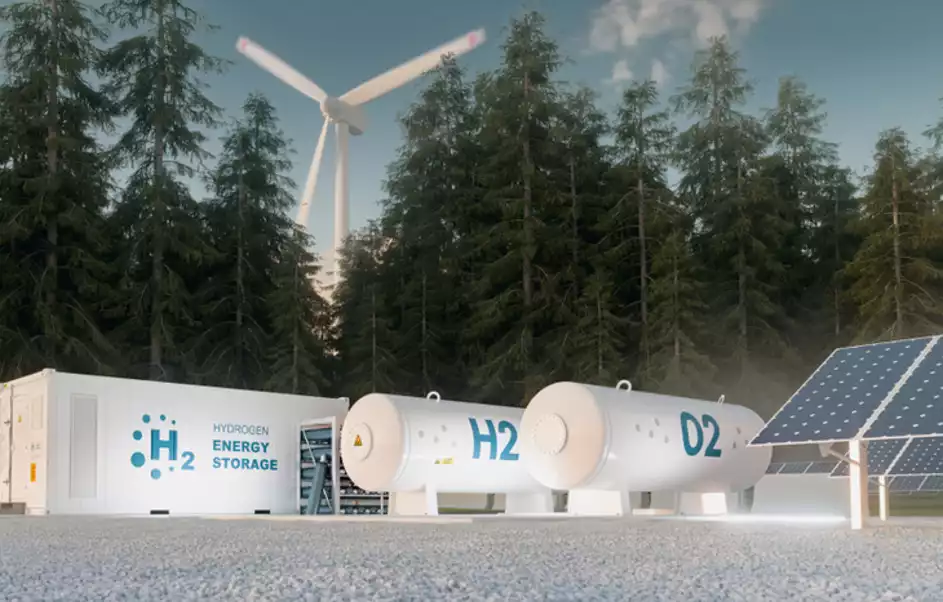Platinum the big winner from “Green hydrogen” economy
News
|
Posted 21/10/2021
|
11269
The race to decarbonise is leading governments to look at alternative energy sources such as hydrogen. From Boris Johnson’s 10-point plan for a “green industrial revolution”, to significant subsidies to Chinese fuel cell producers, hydrogen is set to continue to emerge as a major economic sector. Platinum is an irreplaceable component in both the energy production side as well as the fuel cell storage.
Green hydrogen is hydrogen made without fossil fuels. The most common form is produced by electrolysis, where people use renewable energy to separate water into its two basic elements: oxygen and hydrogen. Hydrogen on its own is a powerful fuel, a common component in rocket fuel, but technical challenges, such as long-term storage, have held it back from large-scale use.

The attraction of hydrogen has reached all four corners of the globe with not only the UK and China, as previously mentioned, making major strides, but the European Union is on track to invest approximately $470 billion euros by 2050. One may wonder what people will be able to buy with a euro by the time we get to 2050, but the sentiment is clear. The US$3.5tr Spending Bill is laden with climate focussed investments.
This week Australian mining magnate Twiggy Forrest famously claimed ‘the solution is hydrogen’ when it comes to addressing climate change, and he has even suggested the potential for Australia to produce “green steel”, with green hydrogen powering iron ore blast furnaces. He points out that 75% of all physical existence by mass, is hydrogen. So there’s no chance of running out. The Fortescue founder went on to argue that three quarters of all emissions could be replaced with green hydrogen on his estimation, and Australia is primed to become a world leader with all of the necessary materials, infrastructure and know-how to capitalise on a burgeoning industry.
There are currently three technologies that are used to isolate hydrogen: Alkaline electrolyser (AE), High-temperature electrolysis (HTEL) and Proton Exchange Membrane (PEM) electrolysis. While the most established and common is AE, PEM is the most recent and the most efficient - and this is the technology that leans heavily on platinum.
In addition, storing hydrogen also requires platinum. Hydrogen is stored under pressure in a tank located in a vehicle. The hydrogen passes through the fuel cell’s platinum catalysts, which in turn produces electricity. Over time, as minute quantities of platinum are worn away, the fuel cell will need to be replaced.
At present, green hydrogen makes up less than 1% of all hydrogen produced and consumed by industry. With all of the enthusiasm and emergent initiatives in the space, and platinum’s key role in it, the long term fundamentals for platinum are strong. With the white metal breaking out of a downtrend, as discussed in yesterday’s news, both short term technical momentum and long term supply/demand balance are tipping in platinums favour.